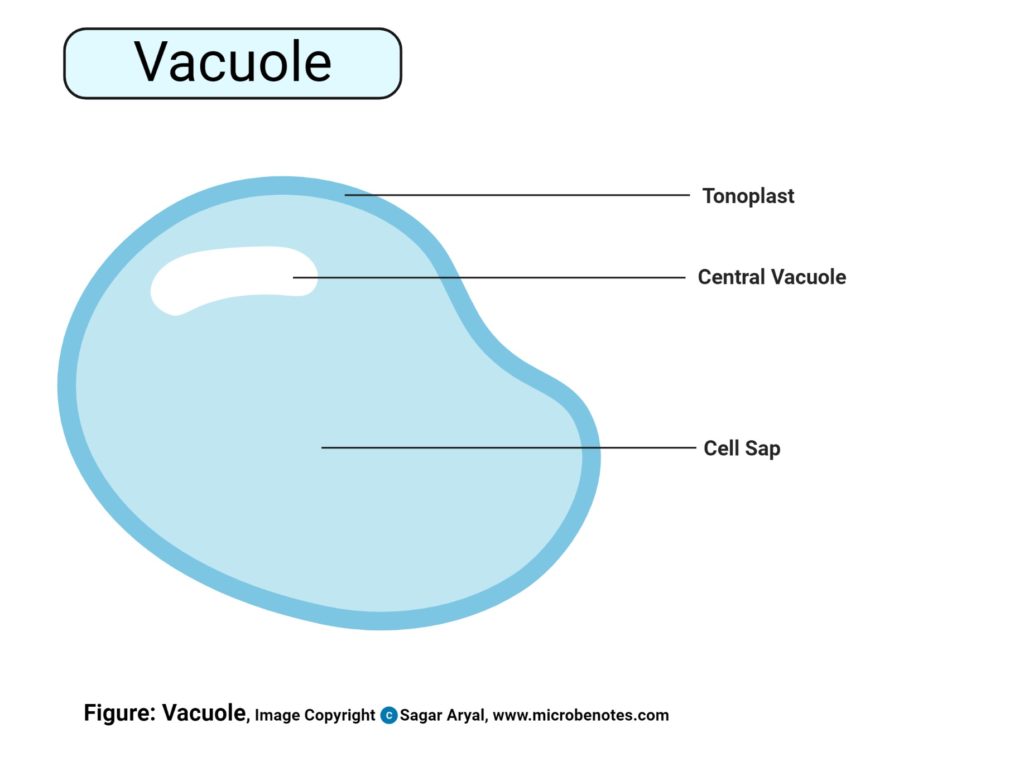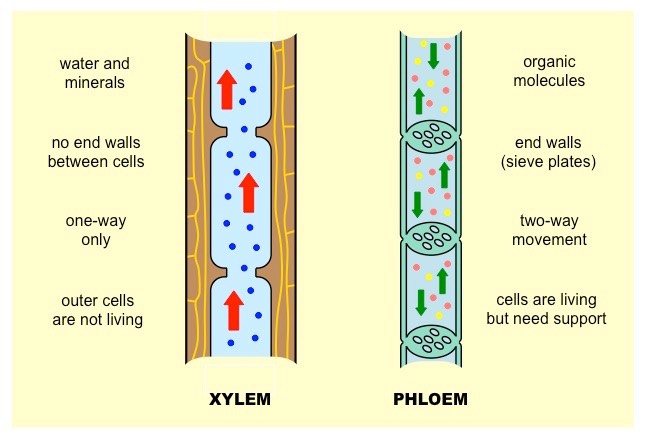Plant Cell – Overview Study Guide
Introduction:
Plant cells are eukaryotic cells, meaning they have a nucleus and specialized components called organelles that perform various roles. Chloroplasts are unique organelles found in plant cells that produce sugars through photosynthesis. They also have a cell wall to support their structure, and this sets them apart from animal cells. This guide takes you through the basic components of plant cells!
Characteristics of Plant Cell
Chloroplast:
- Plants and certain algae have chloroplasts, which are specialized organelles. These organelles are involved in the photosynthesis process, which converts water, carbon dioxide, and light energy into nutrients that the plant may use for energy. In some plant cells, there might be over a hundred chloroplasts.
- Chloroplasts are disk-shaped organelles with a double membrane around them.
- The exterior surface of the chloroplast is formed by the outer membrane, which is relatively permeable to tiny molecules, allowing things to enter the organelle.
- The inner membrane, which sits immediately under the outer membrane, is less permeable to outside chemicals.
- A narrow intermembrane gap of roughly 10-20 nanometres exists between the outer and inner membranes.
- The stroma is a fluid matrix surrounding the chloroplast’s core and is contained by the double membrane.
- Thylakoids, which resemble flattened discs, are many structures inside the stroma. In vascular plants, thylakoids are piled on top of one another in grand stacks.
- Chlorophyll and carotenoids, pigments that absorb light energy from the sun, are abundant in thylakoids. Chlorophyll is also responsible for the green hue of plants.
Vacuoles:
- Plant cells are distinguished by their enormous central vacuole. A vacuole within the cell is a tiny sphere of the plasma membrane that may hold fluid, ions, and other substances.
- Vacuoles are nothing more than huge cysts, and they’re present in the cells of a wide range of creatures.
- On the other hand, plant cells are known for having a huge vacuole that may take up anywhere from 30% to 90% of the entire cell volume.
- A plant cell’s central vacuole aids in the maintenance of its turgor pressure, which is the pressure exerted by the contents of the cell on the cell wall.
- A plant’s cells have the most turgidity when the central vacuole is full of water, and this occurs when the central vacuole is full of water.
- The plants begin to wilt when the turgor pressure in the plants diminishes. Plant cells thrive in hypotonic situations when the environment contains more water than the cell. Water rushes into the cell by osmosis at these circumstances, and turgidity is high.
- Animal cells, on the other hand, can lyse if there is too much water in the cell; they do better in isotonic solutions, where the concentration of solutes in the cell and the environment are equal, and the net flow of water in and out of the cell is the same.
- Vacuoles are found in many animal cells, although they are considerably smaller and serve a less important function.
Cell wall:
- The cell wall is a strong covering on the exterior of the plant cell that provides strength as well as turgidity.
- The cell wall of plants contains cellulose and additional compounds such as hemicellulose, pectin, and lignin. The plant cell wall differs from the cell walls of other species due to its composition.
- Fungi cell walls, for example, include chitin, while bacterial cell walls contain peptidoglycan.
- Plants do not contain these chemicals. The most significant distinction between plant and animal cells is that plant cells have a cell wall, whereas animal cells have not.
A flexible covering, primary cell wall, developed on the exterior of a developing plant cell, is present in plant cells. Plants can also have a secondary cell wall, which is a strong, thick layer that forms inside the primary cell wall as the cell matures.
Plant cell type:
- Plant cells create five different kinds of tissue, each with its own set of activities.
- Simple plant tissues, such as parenchyma, collenchyma, and sclerenchyma, all have a single cell type.
- Xylem and phloem, on the other hand, are complex issues that include a variety of cell types.
Conclusion:
- Plant cells are the primary unit of life in the Plantae kingdom.
- They are eukaryotic cells, meaning they have a nucleus and specialized components called organelles that perform various roles. Chloroplasts are unique organelles found in plant cells that produce sugars through photosynthesis.
- A plant cell’s central vacuole aids in the maintenance of its turgor pressure, which is the pressure exerted by the contents of the cell on the cell wall.
- The cell wall is a strong covering on the exterior of the plant cell that provides strength as well as turgidity.
FAQs:
1. What is the function of a plant cell?
Plant cells are the fundamental components of the plant. The primary function of plant cells is photosynthesis. The chloroplasts of the plant cell are where photosynthesis takes place. It is the process by which plants prepare food using sunlight, carbon dioxide, and water.
2. Give an overview of cells.
All living organisms are made up of cells, which are the basic building components. There are billions of cells in the human body. Cells are made up of several sections, each of which serves a particular purpose. Organelles, for example, are specialized structures that perform specific jobs within the cell.
3. What is the plant cell structure?
A cell wall, a big central vacuole, and plastids such as chloroplasts are all present in plant cells. The cell wall is a hard layer that surrounds the cell and provides structural support and protection. It is situated outside the cell membrane. The turgor pressure on the cell wall is maintained by the central vacuole.
4. What are the 3 types of plant cells?
Eukaryotic cells in plants feature huge central vacuoles, cellulose-rich cell walls, and plastids such chloroplasts and chromoplasts.
Plant cells are divided into three types:
- Parenchymal cells
- Collenchyma cells
- Sclerenchyma cells
The structure and function of these three categories vary.
5. Why is it important to study plant cells?
There are still strong reasons to look into the most fundamental aspects of plant life. Plant study increases our knowledge of other biological processes and broadens our intellectual horizons. Plant system research might provide insight into addressing difficulties in agriculture, health, and the environment.
We hope you enjoyed studying this lesson and learned something cool about Plant Cell – Overview! Join our Discord community to get any questions you may have answered and to engage with other students just like you! Don’t forget to download our App to experience our fun, VR classrooms – we promise, it makes studying much more fun! 😎
Sources:
- Plant Cell. https://flexbooks.ck12.org/cbook/ck-12-biology-flexbook-2.0/section/9.11/primary/lesson/plant-cells-bio/ Accessed 9 Dec, 2021.
- Plant Cell Structure. https://flexbooks.ck12.org/cbook/ck-12-biology-flexbook-2.0/section/2.9/primary/lesson/plant-cell-structures-bio/ Accessed 9 Dec, 2021.
- The Plant Cell Clique. https://flexbooks.ck12.org/cbook/ck-12-biology-flexbook-2.0/section/2.9/related/lecture/the-plant-cell-clique/ Accessed 9 Dec, 2021.




